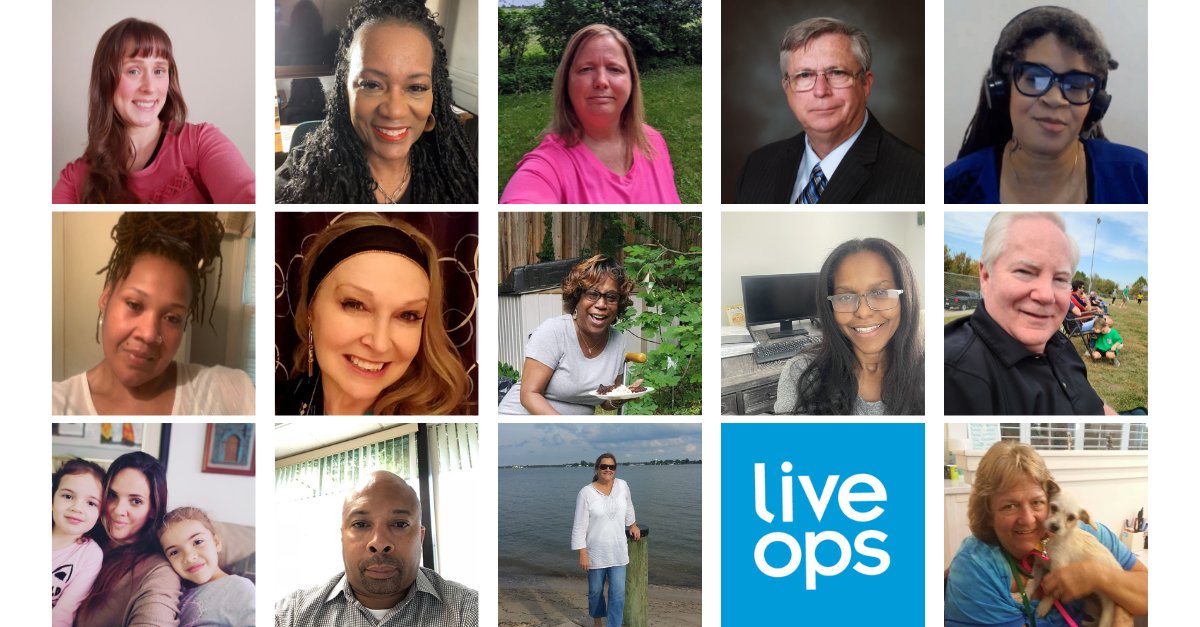Why more companies are onshoring customer service
minutes

Call quality suffered overseas, making customer satisfaction a financial driver
A decade ago, offshoring seemed to be the low-cost answer for customer service calls. Companies rushed to capitalize on the cheaper workforce. But this came at a huge price, as call quality and first-call resolution stats suffered.
Indeed, as automation handles more routine interactions—estimated by Gartner research to represent 85% of calls by 2020—the remaining calls handled by real people are increasingly complex. These calls require nuance and a deeper understanding that can’t be dictated by a script.
Pleasing customers now requires more sophisticated, high-touch support—and the answer for many companies is onshoring their customer service interactions. When agents aren’t based in the caller’s home country, there’s often a gap exposed in poor language skills. Customers express extreme frustrations with hard-to-understand accents or a lack of shared cultural understanding.
A new focus on onshoring: domestic agents
This cultural and language gap is prompting many customer service-driven companies to reroute call-taking operations to domestic operators.
Our customers shared with us that speaking to U.S.-based representatives would make their service experience better, so we prioritized that feedback and have invested in moving all of our contact center operations back to the United States. —Jay Bray, CEO Nationstar MortgageIn June, the company announced it had moved its international contact center operations back to the United States, creating 500 new jobs and bringing customer service closer to the company’s more than 3 million customers. Moving all contact center operations onshore represents one of the key investments the company is making to improve the customer experience.
Service providers and retailers have expanded their domestic contact center workforces recently. Early this year, Lowe’s said it would hire more than 1,700 US workers in Albuquerque, New Mexico, Wilkesboro, North Carolina, and Indianapolis, Indiana. This follows the 2015 opening of its Indianapolis contact center, where Lowe’s anticipated hiring 1,000 customer service agents.
Charter Communications announced in August that it would add 120 customer service jobs at its Portland, Maine contact center. This is in addition to one recently opened one in McAllen, Texas. As of August, Charter Communications had hired more than 200 of 600 employees planned for that location.
Onshoring trend expected to continue
Last year, a study by outsourcing firm Everest Group indicated that onshoring moves like these are part of a trend. In 2015, the percentage of contact center contracts with significant onshore delivery climbed to 53 percent, up from 49 percent in 2013 and 35 percent in 2010.
“The contact center outsourcing value proposition has transformed over the years from labor arbitrage-driven cost containment to focus on delivering business outcomes such as high customer retention,” says Everest Group’s research program director Skand Bhargava as quoted by CIO.com. “The focus on driving best-in-class customer experiences—along with technological advancement such as advanced analytical solutions, automation and multichannel solutions—is driving the move towards higher onshore delivery.”
Considering that the dollar is experiencing a prolonged period of weakening—which helps drive decisions in favor of onshoring—we believe this trend will continue for the foreseeable future.




